1. Bodie, California
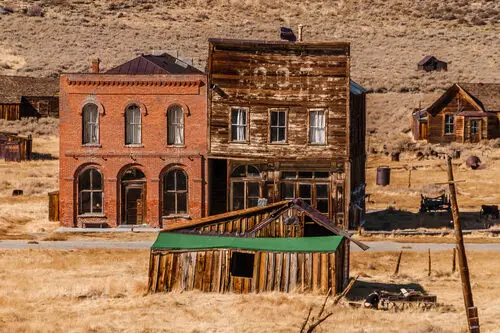
Bodie is a ghost town frozen in time, once a thriving gold mining hub in the late 1800s. Today, it’s preserved in a state of “arrested decay,” letting you wander through buildings just as they were left decades ago. Walking the streets, you’ll see old saloons, a schoolhouse, and rusted mining equipment. It’s easy to imagine the bustle that once filled this dusty town.
Despite being part of a state historic park, GPS can’t guide you directly to the center because access is limited and roads are often closed in winter. Visitors need to follow narrow, unpaved paths winding through the Sierra Nevada foothills. That adds to the adventure, making you feel like a true explorer. It’s a perfect stop for history buffs who love a little mystery.
2. Thurmond, West Virginia

Once a booming railroad town, Thurmond now has fewer than five residents. The Chesapeake and Ohio Railway made it a hub in the early 1900s, with hotels, stores, and warehouses lining the streets. Today, the old depot and a handful of buildings remain, offering a snapshot of the town’s past. It’s like stepping back into a quieter, slower America.
Getting there isn’t straightforward; GPS often leads you to private property nearby, not the historic district. The roads are tiny, winding, and overgrown in places, especially along the New River Gorge. You have to navigate by old maps or local advice. That challenge keeps most crowds away, preserving its eerie charm.
3. Rhyolite, Nevada
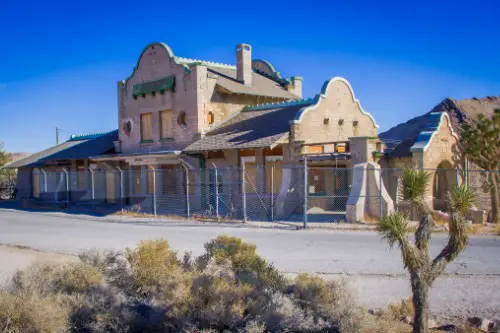
Rhyolite sprang up during the gold rush of the early 1900s and collapsed just a few years later. Visitors can explore the remains of the bank, train depot, and even a quirky bottle house built from recycled glass. It’s one of those places where the desert heat and wind seem to whisper stories of sudden fortune and fast ruin. Photographers and history fans alike find it irresistible.
The town’s remote desert location makes GPS a little unreliable. Roads are sandy and sometimes disappear into the surrounding landscape. A high-clearance vehicle is recommended to safely reach the main sites. That isolation is part of what gives Rhyolite its cinematic, “end of the world” vibe.
4. Cahawba, Alabama
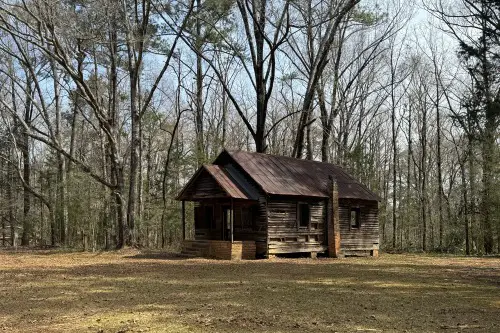
Cahawba was Alabama’s first state capital and a once-thriving river port in the early 1800s. Floods and economic shifts wiped out most of the town, leaving only crumbling foundations and the haunting ruins of churches. Walking among the remnants, you can imagine legislators debating laws in the heat of summer. The cemetery is especially famous for its historic graves and twisted old oaks.
Modern GPS often struggles because Cahawba sits within a large wildlife refuge and floodplain. Access roads are narrow and winding, sometimes covered in water after rain. Planning ahead with maps and checking conditions is key. The sense of discovery here is well worth the effort.
5. Glenrio, Texas/New Mexico
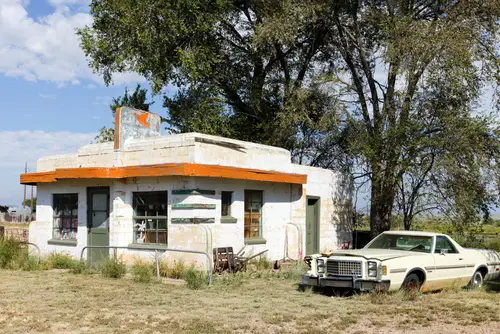
Glenrio straddles the Texas-New Mexico border and thrived during the heyday of Route 66. It had gas stations, motels, and diners catering to highway travelers, but when I-40 bypassed the town, it emptied almost overnight. Today, faded signs and abandoned buildings make it feel like a roadside time capsule. Walking down Main Street, you can almost hear the roar of old cars passing by.
GPS can be confusing because the town literally exists in two states, and some routes are private or overgrown. The streets are crumbling, and landmarks are minimal, making local knowledge helpful. That isolation preserves its nostalgic Route 66 charm. It’s a favorite for photographers who love a touch of Americana melancholy.
6. Calico, California
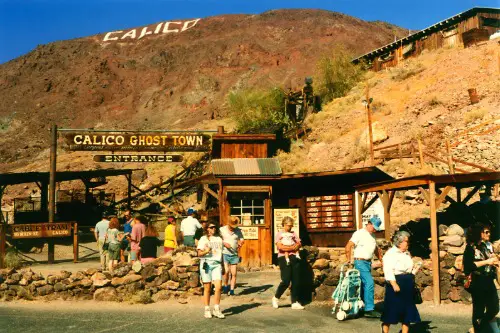
Calico was a silver mining town during the 1880s and abandoned when the silver market collapsed. In the 1950s, it was partially restored as a tourist attraction, but much of the original town remains untouched. Walking its dusty streets, you can see miners’ cabins, an old jail, and the schoolhouse. The quirky, preserved atmosphere makes it feel like a Wild West movie set.
Although it’s a tourist attraction, GPS sometimes misleads people because access roads twist through desert hills. The town sits near desert washes that can be tricky to navigate without a proper vehicle. Visiting requires a bit of planning, but it’s perfect for a day trip from Barstow. You’ll leave feeling like you’ve stumbled onto a forgotten corner of history.
7. Centralia, Pennsylvania
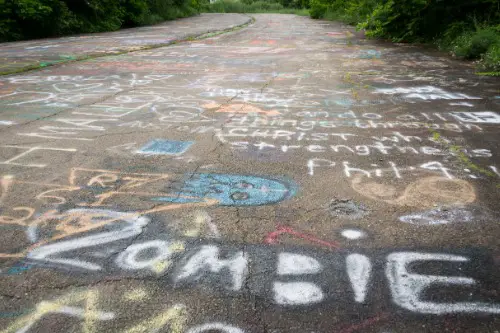
Centralia is infamous for the underground coal fire that’s been burning since 1962, forcing most residents to evacuate. Today, smoke rises from cracks in the pavement, and nature is reclaiming the deserted streets. It’s eerie but fascinating, offering a stark reminder of how quickly a town can disappear. The graffiti-covered highway, Route 61, is one of the most photographed sites.
GPS often fails because large sections of the town are closed or condemned. Visitors need to stick to designated viewing areas. The roads are intentionally blocked in parts to prevent accidents. This inaccessibility adds to the ghostly allure of the town.
8. Garnet, Montana
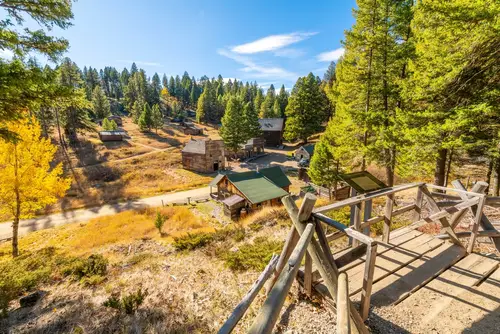
Garnet is one of Montana’s best-preserved ghost towns, once a gold-mining settlement. Walking its streets, you’ll see wooden cabins, an old general store, and mining equipment scattered along the hillside. The surrounding Bitterroot Mountains make it scenic, and wildlife sightings are common. It’s an immersive experience for anyone who loves the Old West.
Getting there isn’t as simple as following GPS; the roads are rough and winding through forested terrain. A high-clearance vehicle is recommended. Seasonal closures can also make planning essential. That effort keeps the town quiet, letting you explore at your own pace.
9. Terlingua, Texas
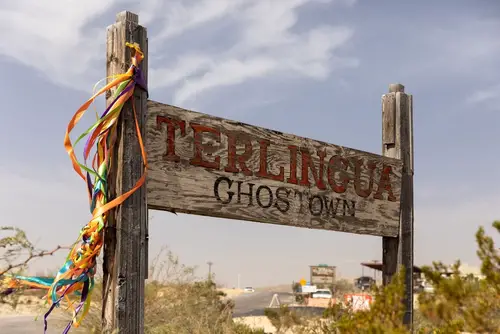
Terlingua was a mercury mining town that boomed in the early 20th century before the mines shut down. Today, it’s a ghostly yet quirky destination, known for the annual chili cook-off and desert solitude. Crumbling adobe buildings and desert vistas dominate the landscape. It’s a mix of history, weirdness, and raw desert beauty that’s hard to forget.
GPS can be misleading because dirt roads and private ranches surround the town. Some landmarks are easy to miss if you don’t know what to look for. Visitors often rely on local guidance or detailed maps. That difficulty keeps Terlingua authentic and adventurous.
10. Virginia City, Montana
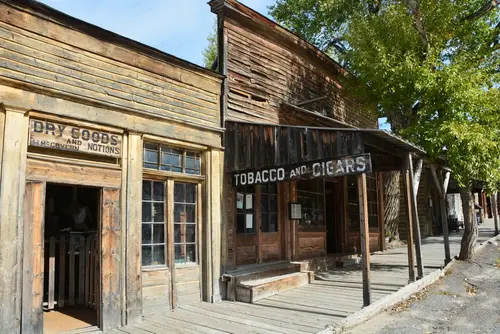
Virginia City was Montana’s territorial capital and a thriving gold town in the 1860s. Many original buildings still stand, and the streets are lined with wooden sidewalks and saloons. You can take a guided tour or just wander, imagining the miners and merchants who shaped the town. Its charm comes from the dedication to preserving its 19th-century look.
GPS can be finicky because the town sits in hilly terrain, with some roads narrow or steep. Seasonal snow can make access even trickier. Planning your visit ensures you see the historic heart of the town. The effort rewards you with a step back into Montana’s gold rush days.
11. St. Elmo, Colorado
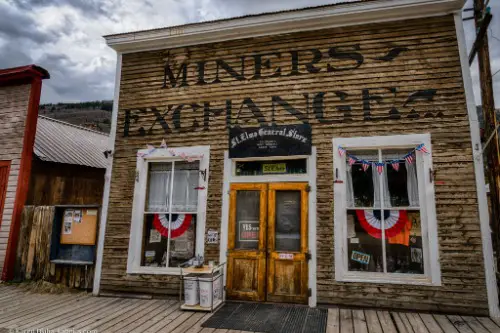
St. Elmo was a gold and silver mining town that thrived in the late 1800s but was abandoned by the 1920s. Walking through its streets today, you’ll find rustic cabins, an old hotel, and a schoolhouse. The town sits in the shadow of the Collegiate Peaks, providing a stunning backdrop. It’s a favorite for ghost town enthusiasts who love a mix of history and natural beauty.
GPS can lead you astray because the last few miles involve rough, unpaved roads. Seasonal closures are common, especially in winter. Visitors often need four-wheel drive or local advice to navigate safely. The difficulty only enhances the feeling of discovery in this preserved ghost town.
12. Bodie Hills, California
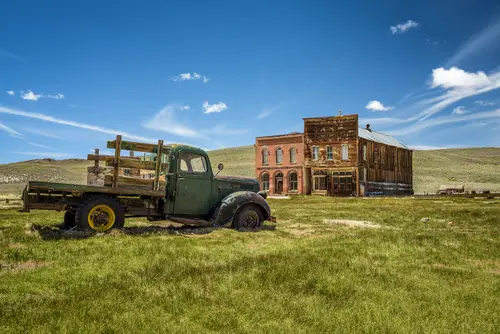
While Bodie is well-known, the surrounding Bodie Hills hide dozens of tiny abandoned mining settlements. These little outposts are rarely marked on modern maps and often require hiking or off-road vehicles to reach. Exploring them feels like stumbling onto hidden chapters of history. Old cabins and rusted mining equipment litter the hillsides.
GPS isn’t much help here; roads are unpaved and sometimes barely visible. Seasonal snow or rain can make access treacherous. That’s part of the thrill—few tourists ever reach these forgotten corners. It’s a perfect adventure for determined explorers.
13. Bannack, Montana
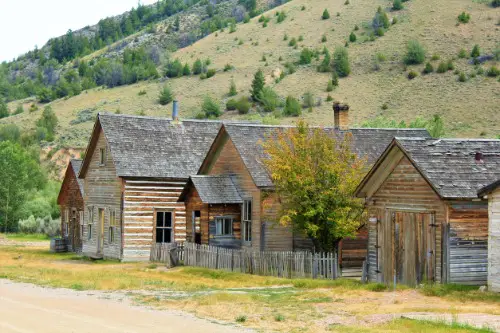
Bannack was Montana’s first territorial capital and a gold rush boomtown. Walking through the streets today, you’ll find preserved buildings like the hotel, school, and saloon. The ghostly atmosphere is amplified by the surrounding wide-open prairie and the nearby Beaverhead River. It’s like stepping into a Wild West postcard.
GPS struggles because many roads are dirt and poorly marked. Visitors need to stick to the designated state park areas. Seasonal conditions can make access tricky. The town’s isolation preserves its historic charm beautifully.
14. Ruby, Arizona
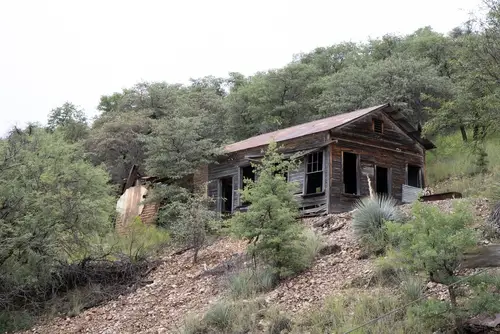
Ruby was a small mining town in southern Arizona that thrived in the early 1900s. Today, it’s mostly ruins, but the old jail, school, and general store still stand. Its remote desert location gives it an eerie, abandoned feel. Exploring the town feels like uncovering a secret piece of Arizona history.
GPS often misleads visitors because access roads are rough and overgrown. You’ll need patience and careful navigation to reach it safely. That challenge keeps most crowds away. The result is a peaceful, almost private glimpse into the past.
This post 14 Once-Famous Tourist Towns No GPS Will Lead You To was first published on American Charm.


